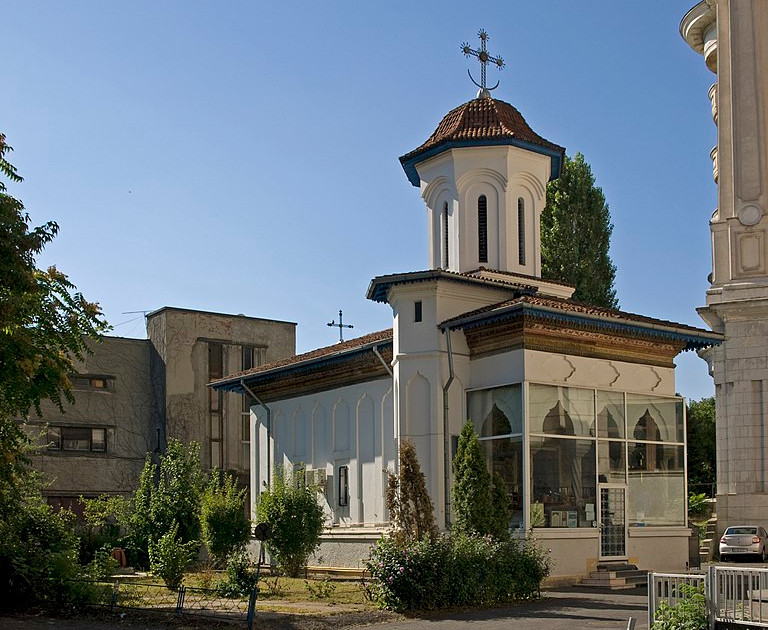
In the 1980s, when Nicolae Ceauşescu set about razing central Bucharest, engineer Eugeniu Iordăchescu was despairing the threat to the area’s iconic churches when he saw a waiter carrying a tray of drinks. “I saw that the secret of the glasses not falling was the tray,” he said, “so I started trying to work out how to apply a tray to the building.”
He hit on a method of digging beneath the buildings to insert reinforced concrete supports, then rolling them to new locations using hydraulic levers and mechanical pulleys. Over a period of six years, his team saved more than a dozen churches and other buildings that the Communists had planned to destroy; the 800-ton Schitul Maicilor, above, was moved almost 270 yards from its 18th-century foundations.
The technique Iordăchescu pioneered is still in use today. “He was very proud of his achievements, and even in retirement he spent a lot of time improving and helping others to push the method further on,” his son Nicholas told the New York Times. “He will be remembered for a one-of-a-kind contribution to developing this technology.”
(Thanks, Jason.)
